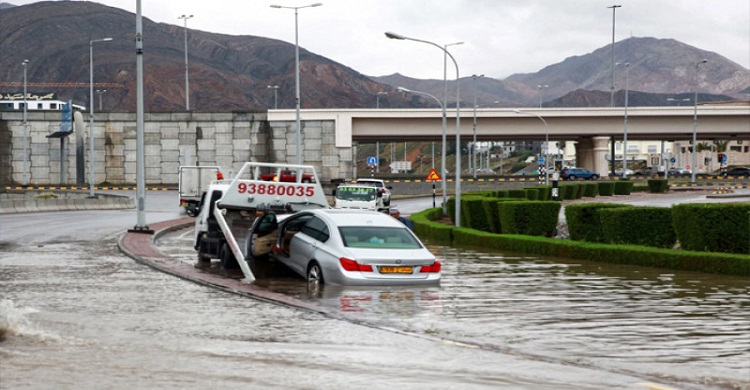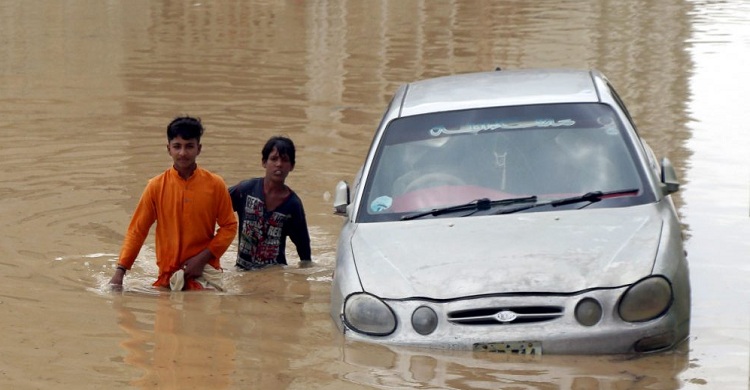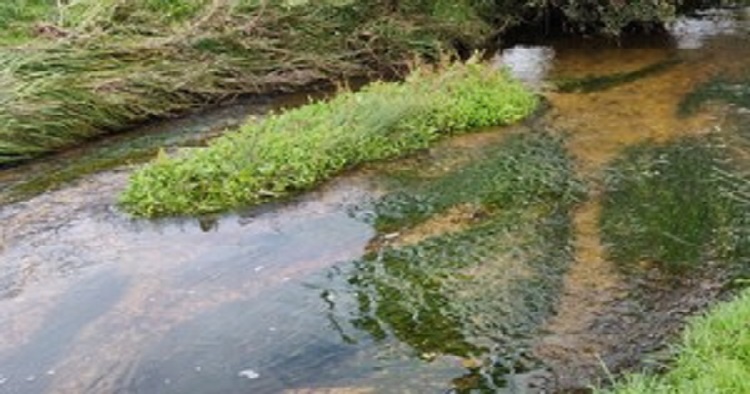
- International
New chalk streams strategy launched to protect ‘England’s rain forests’
- International
- 16 October, 2021 22:03:45
News Desk: A new chalk stream strategy, published today by Catchment Based Approach’s (CaBA) Chalk Stream Restoration Group (CSRG), sets the future direction needed to protect and enhance England’s chalk streams.
Recommendations in the strategy include enhanced status to drive investment in water resources – to help reduce pollution and eliminate over-abstraction – and restoring physical habitat and biodiversity.
The strategy has brought together partners including the Environment Agency, Natural England, Defra, water companies and environmental organisations.
Chalk streams are a rare and valuable habitat, often referred to as the equivalent of England’s rain forests or Great Barrier Reef. 85% of all chalk streams are found in England, mainly in the south and east of the country, as well as dozens of smaller chalk springs, rills and flushes. They stretch from Yorkshire through East Anglia, the Chilterns, Kent, Hampshire and Dorset, and are important for biodiversity.
Chalk aquifers are also an important source of water for drinking, agriculture and industry, support angling for trout, salmon and coarse fish, are important for recreation and are a valued part of the English landscape. They need good quality water in order for the different species of fish, plants and insects, many unique to them – such as the southern damselfly - to flourish.
More than 40 chalk streams are found in Dorset and Hampshire, covering the Hampshire Avon and parts of the Dorset Stour and Poole Harbour catchments.
More than any other, the Hampshire Avon is England’s iconic and quintessential chalk stream. Covering a large area of Wiltshire and Hampshire, the Hampshire Avon has seen major improvement in water quality in the past 20 years. Better land use and management practices, as well as significant improvement to wastewater treatment, have all contributed to reducing nutrient levels and improving fish habitat.
However, there is always more to be done. The Environment Agency and Natural England are currently considering what the next steps are to achieving water quality targets. It is clear that while past work has been critical to get us to this point, augmenting this will be essential and necessary to make a step change in future improvement.
One focus for the future is likely to be headwater catchments such as the Nadder, Wylye and Pewsey Vale. Floodwater retention and reductions in nutrient inputs and sediment will have a cascading benefit throughout the length of the river. How best to achieve this is a matter of current discussion.
The Dorset Frome is one of the most researched chalk rivers in England and much work has already been done and continues to be done on improving water quality and habitat. Earlier this year a Consent Order was completed for Poole Harbour to facilitate further nutrient reduction from land use and land management practices in its catchment, including the Frome. Other aspects of ongoing nutrient reduction and water quality improvement in the Frome will form part of this.
The River Tarrant – which lies to the east of Blandford Forum - is one of England’s most productive brown trout locations. It is the main spawning ground for salmon and trout in the middle reaches of the main River Stour.
Like many chalk streams, the Tarrant is ground fed and is a ‘winterbourne’ – it naturally dries up in summer. Unnaturally, because of in-stream structures, the Tarrant dries up from the bottom - leaving fish stranded behind the structures.
Most years, the Environment Agency rescues hundreds of stranded fish and moves them to the Stour and for several years the Environment Agency has worked with local landowners and the Tarrant Valley Preservation Society to modify weirs along the river. The idea is to make it easier for fish to migrate down to the Stour and re-colonise the upper reaches of the Tarrant with trout and salmon.
Next year the Environment Agency plan to remove or modify concrete structures that trap fish, reprofile some parts of the river to remove pools where fish aggregate and become trapped, and modify a weir to improve fish passage.
The River Hooke, which rises from a large number of chalk springs near Toller Whelme, near Beaminster in Dorset, has historically been modified by human activity.
Over the years there have been drainage improvements for water meadows; diversion channels made for milling activities; ponds created for landscaping and water supply; embankments (for railway) and water level control. The Hooke is a key tributary of the upper Frome, but man-made barriers potentially stop migratory salmonids, as well as native brown trout, from reaching spawning grounds.
Since 2018 the Environment Agency has been working with the Dorset Wildlife Trust to carry out improvements in the River Hooke catchment. The partnership project – co-funded by the Environment Agency until 2023 – has resulted in multiple benefits, and will continue to do so.
We have engaged with farmers, landowners and the wider community in order to carry out restoration work and enhancements across the catchment.
Benefits include reduced suspended sediment levels and nutrients in the river; better habitats and biodiversity; a wider number of species of invertebrates and fish; and a reduced risk of low flows during dry weather.
Natural flood management techniques, such as tree planting, have reduced potentially high river flows during heavy rainfall.
Catchment coordinator for Dorset and Hampshire, Keith Calder, said:
We are fortunate that a significant number of the country’s chalk streams are found here in Wessex, including the iconic Hampshire Avon River.
They are a key habitat for many wildlife species, and their underlying aquifers provide a valuable source for drinking water.
We are working with local partners and the local water company, to improve water quality, manage abstractions and ease man-made modifications to the rivers.
This new chalk stream strategy is for everyone who has responsibility for, or uses, chalk streams. It sets out actions and recommendations for government, regulators and the water industry on water resources, water quality and habitat restoration and management.
Environment Agency Chair Emma Howard Boyd said:
England is home to 85% of the world’s chalk streams and their future depends on collective action from water companies, farmers, and landowners as well as government and regulators. No one should undermine the value of chalk streams, and today’s report adds clarity and certainty about what is expected of all their users.
The National Framework for Water Resources encourages water companies to open up new infrastructure to reduce reliance on chalk aquifers. This is one of the many good proposals in today’s report that needs collective action.
Chair of Natural England Tony Juniper said:
Chalk streams are unique natural features, and considering that most such rivers in the world are found here in England, we have a particular responsibility to ensure that they are in good health.
These habitats are subject to a complex range of pressures, however, from pollution arising from road runoff, agriculture and sewage, to low flow resulting from abstraction for public water supply and physical damage to the water courses.
We look forward to working with others to ensure this new strategy leads to the kind of joined-up partnership action needed to address these pressures, protecting and restoring chalk streams for future generations to enjoy.
























Comment ( 0)